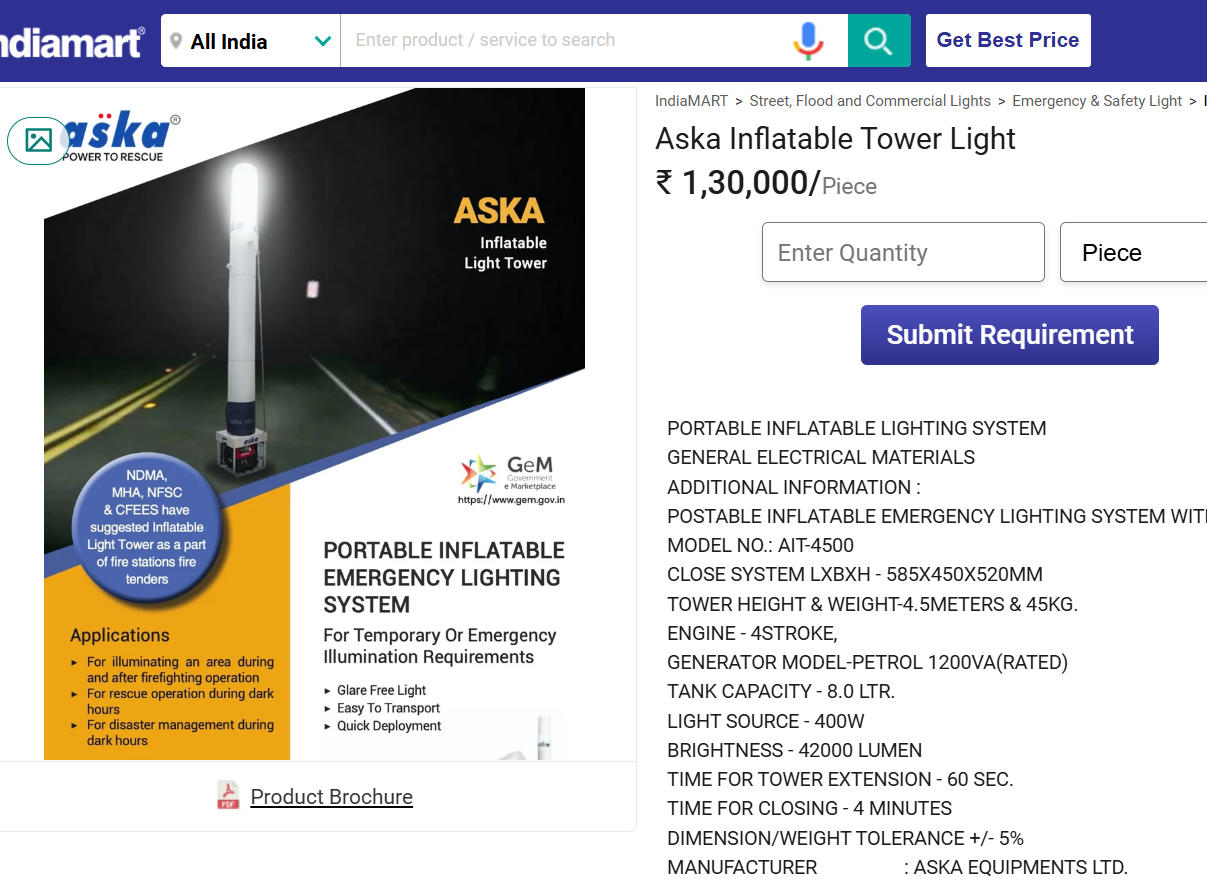
When I started working on outdoor events and job sites, I always rented lighting. It was easier, cheaper upfront, and I didn’t have to worry about storage. But after a few years, I started adding up all the rental fees. I realized I could’ve bought two balloon lights for what I’d already spent. That’s when I started thinking seriously about ownership.
If you're trying to decide whether to rent or buy an air light balloon1, I’ve been on both sides. Let me help you make the right call for your work and budget.
When Renting Makes Sense

Renting is smart when:
- You only need lighting for a short period
- You don’t have room to store bulky gear
- You’re trying out a new product
- You’re managing a one-time event or contract
I’ve worked with clients who needed balloon lights for a single wedding weekend. Renting made perfect sense. No maintenance, no long-term cost, and everything was delivered and picked up on time. They didn’t need to train staff or worry about packing.
You can also rent to test a model before buying. I’ve done that myself. I once rented a high-end RGB DMX balloon light just to see if it was worth the money. After that weekend job, I placed an order.
Rental prices usually range from $100 to $200 per unit per day, depending on the model and location.
Dive Deeper: Rental Pitfalls to Watch Out For

Renting sounds easy, but there are a few traps. I once had a balloon light arrive late to a construction site. The job had to pause for three hours. Another time, the rented unit was missing the remote. The supplier wasn’t reachable over the weekend, and we had to control the light manually.
Also, some rental gear isn’t well-maintained. Look for cracked balloon fabric, dim LEDs, or loose mounts. Always inspect rental gear as soon as you receive it.
And if you rent often, costs add up fast. At five rentals per year, you're already spending close to the cost of owning.
When Buying Is the Better Option
Buying works best when:
- You need lighting regularly (more than 5–6 times a year)
- You want full control over the equipment
- You don’t want to rely on supplier availability
- You have trained staff and secure storage
I switched to owning when I started managing jobs across multiple states. It made no sense to rent each time. My crew learned how to set up faster, and I always knew what features we had.
A mid-range air light balloon1 with app control costs about $1,200 to $1,600. Premium models with RGB and DMX cost more, around $1,800 to $2,300. You pay more upfront, but you save over time.
Dive Deeper: Real-World ROI of Buying
Owning means you get to build habits around your gear. My team knows how to pack, deploy, and maintain our balloons. That cuts setup time. We also avoid last-minute panic when rentals fall through.
Another big plus is flexibility. I’ve taken lights to last-minute shoots, extended jobs, and sudden night work without having to book anything in advance. The freedom is worth it.
Also, if you’re in the event or rental business, you can rent your units to others when you’re not using them. I’ve done this with success. It turns your gear into income.
Total Cost Comparison
Here’s a simplified cost breakdown:
| Usage | Rental Cost | Ownership Cost | Notes |
|---|---|---|---|
| 1-time use | $150–$200 | $1,200–$2,000 | Renting is cheaper |
| 3 events/year | $450–$600 | Still cheaper to rent, but close | |
| 6+ events/year | $900–$1,200 | Buying starts to save money | |
| Long-term use | $1,800+ | $1,200–$2,300 | Buying is more efficient |
If you’re on the edge, think about how many nights of lighting you really need per year. If it’s more than five, seriously consider owning.
What About Maintenance?
When you rent, the supplier handles upkeep. When you buy, that’s your job. But it’s not as hard as it sounds.
I’ve found that basic maintenance—cleaning, dry storage, and checking cables—takes 10 minutes per use. If something breaks, most brands offer spare parts and video guides.
I’ve had the same balloon light running for over 3 years now. It’s paid for itself many times over.
Conclusion
If you need lights once or twice a year, renting is the way to go. If you need flexibility, long-term value, and full control, buying is better. I’ve rented, I’ve owned, and I can say this: the more you use it, the more buying makes sense.
You can explore both options through suppliers like Moonlightia, who offer custom packages whether you want to rent or own. In either case, the key is knowing what your job really needs—and planning ahead.




